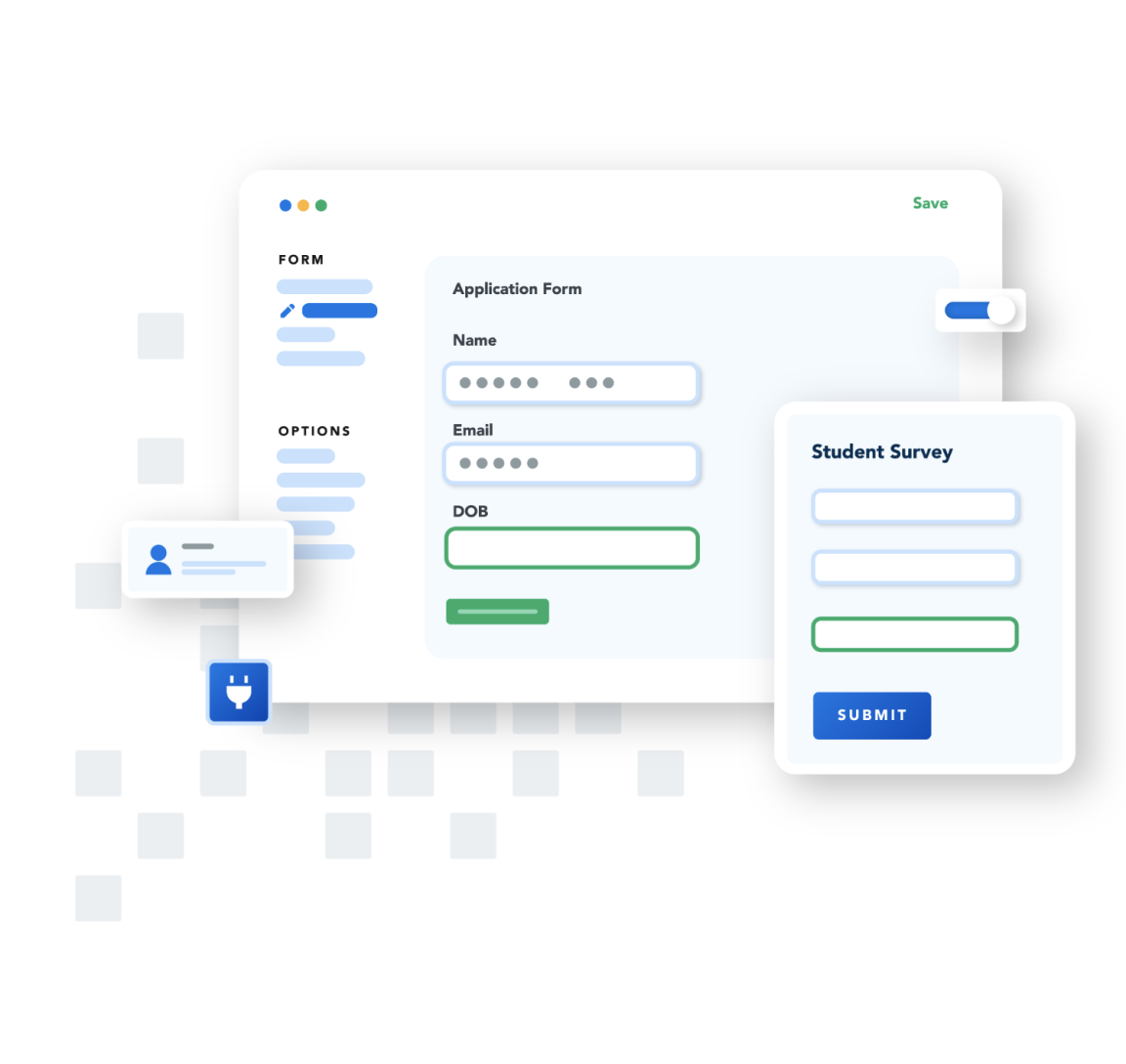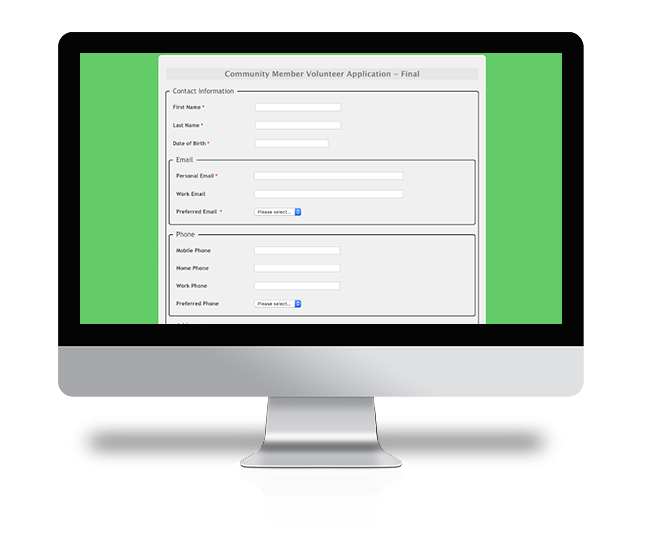Success Story

Industry
Nonprofit
Baltimore Corps saves hours on fellowship application
1-2
Hours of staff time saved per application
30,000+
Responses collected to date

Overview
Baltimore Corps is a Baltimore-based organization seeking to create a pipeline that connects talented underrepresented individuals with local organizations that give back to the communities where they live. Their use cases include event operations, job applications, and program applications, particularly for professional development and their flagship Fellowship program. They use FormAssembly to streamline their application process, ensuring a smooth and efficient experience for both applicants and staff.
Challenge
Baltimore Corps previously used Google Forms to process incoming applications. Once they implemented their new Salesforce instance, it became clear that they needed a tool or solution that could do a more elegant job of connecting information back to the CRM.Before FormAssembly offered staff a way to use forms to complete application reviews, employees of Baltimore Corps had to do them in Salesforce. This proved to be a tedious, cumbersome process that lacked objectivity.
“That was the decisive moment when we said, ‘What’s the best way that we can flexibly build different forms that we need, starting primarily with the application, but also have that data directly live in Salesforce? It has just exploded since then”


Better Connections, Simple Features
Solution
Baltimore Corps found FormAssembly through their connection to the Salesforce community. They now use it for a wide range of tasks, including collecting and reviewing applications, collecting sign-ups at recruitment events, processing check-ins for different sessions, and gathering RSVPs.
“What’s wonderful about FormAssembly is there’s such a plethora of customizations that you can do with it, and all of it is drag-and-drop,” Daly said.
What’s Next?
Baltimore Corps takes FormAssembly’s features and connectors and uses them to bring their processes to the next level.
“It allows us to think continuously about new services that we can offer because we have the tools to do that,” Daly said. “It allows cascading new opportunities for innovation.”
FormAssembly provides the tools they need, and with their creative approach to problem-solving, Baltimore Corps is able to continually achieve great results with a small team, while bringing better experiences to their users.
“I want to take every opportunity to say it: I love FormAssembly so much and we are so appreciative for all that the FormAssembly team has put together because it is such an amazing tool,” Daly said.
The Features They Use
How Boston Corps improves their program applications


